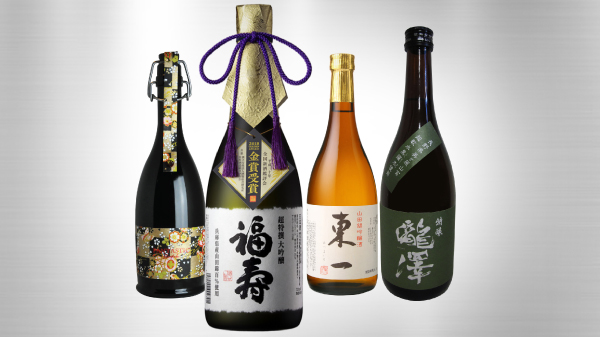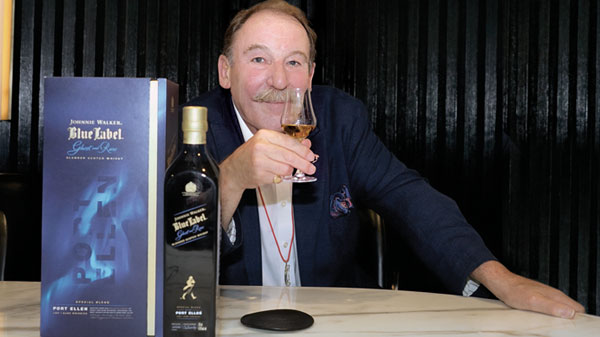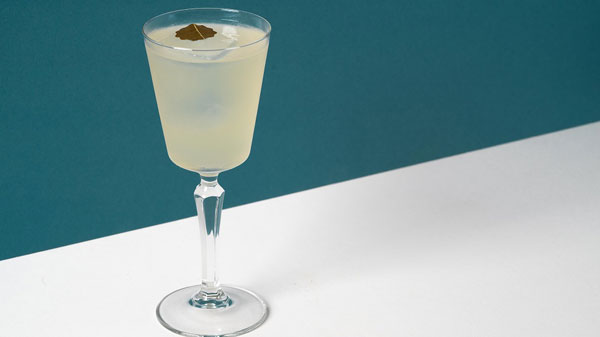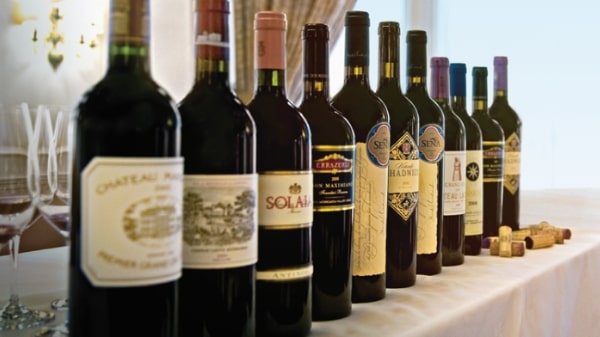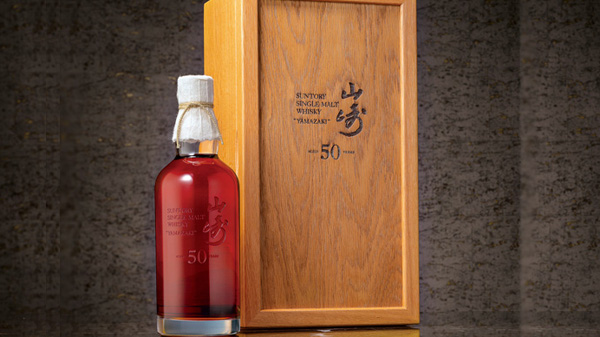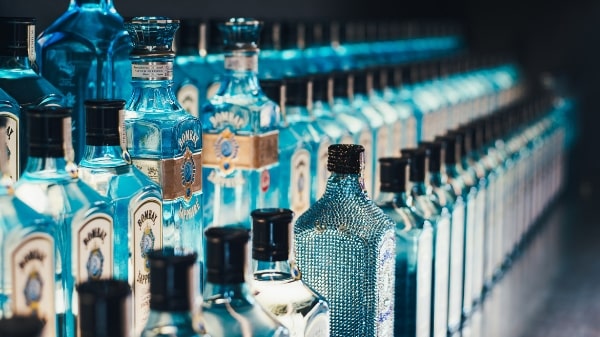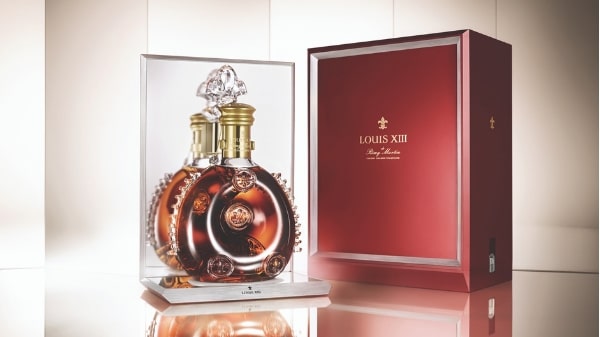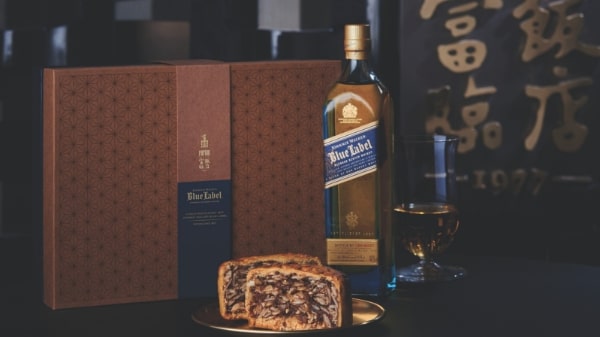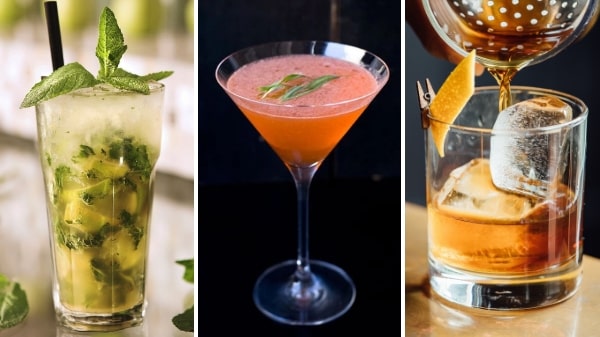For those who enjoy the finer side of drinking, you’d be forgiven for finding the origins of sake to be somewhat unsavoury and unappetising. Indeed, some 2,000 years ago, when sake – or rather kuchikami-zake, a type of rice wine – was discovered in Japan, the earliest recorded method of fermentation involved no machinery or distillation. Instead, those with strong enough jaws and teeth were assigned to masticate whole grains of rice. This mouth-chewed substance was then be spat into a vat, where enzymes in the human saliva would mix with natural yeast to form a rudimentary alcoholic spirit.

But sake has come a long way from such crude roots to become not only Japan’s most beloved bevvy but also one of its most sought-after exports. Although fewer than 2,000 sake breweries exist in Japan at present, the drink has steadily grown in popularity overseas, with distilleries opening in the Americas, China, Southeast Asia and Australia. According to Japanese government records, sake exports have increased by more than 150 percent in the last ten years, with the US, Hong Kong and South Korea being its most enthusiastic importers.
So what has led to the meteoric spike of interest in this particular variety of rice wine? Well, it very much boils down to its unique sweet-yet-umami flavour, one that’s markedly different from such mainstream tipples as whisky or beer. Another factor behind its growing popularity is its expansive rice-based flavour spectrum, which allows for almost unrivalled food-pairing possibilities. But while all sakes have something unique to offer, there’s a marked range of quality, flavours and, of course, price points throughout.
While the method of fermenting sake is somewhat similar to beer – polishing, washing, steaming and cooling rice before adding koji, a mould culture – the actual quality of the liquor is determined by how much the rice grains have been polished. So a sake made from highly polished grains is of higher quality and therefore commands a steeper price.

This premium sake is categorised as Ginjo. Government regulations in Japan strictly define the meaning of this classification. To qualify as a Ginjo (premium) sake, the drink must be made from rice with at least 40 percent of its outer kernel milled away. For Daiginjo (super-premium sake), it must be 50 percent or higher. Here’s a lowdown on all the different classifications…
Ginjo: Premium fragrant variety of sake with a minimum 40-percent polishing ratio, with a little bit of distilled alcohol added to it. Ginjos are characterised by a sweet, fruity flavour and are best served chilled. Our recommendation: Azumaichi Yamadanishiki Ginjo
Daiginjo: Super-premium sake that must be made with grains with a minimum 50-percent polishing ratio. The flavours are sometimes enhanced the addition of distilled alcohol heighten its floral, fruity flavours further. Our recommendation: Fukuju Chotokusen Daiginjo
Honjozo: Super-premium sake with at least 70 percent of the rice kernels milled away. It doesn’t have a high alcohol content and boasts a smooth taste. Honjozos can be served either chilled or warm, but must not be heated to more than 50˚C. Our recommendation: Takizawa Tokujo
Junmai: Junmais don’t have any added alcohol, so it’s thought to be a pure rice wine with a more umami flavour. If a daiginjo or a ginjo sake has junmai mentioned in its name, it means that no extra alcohol has been added in it. Our recommendation: Raifuku Junmai Daiginjo Fantastic 7
All of our recommended sakes can be found at Jebsen Fine Wines.
Text: Suchetana Mukhopadhyay



